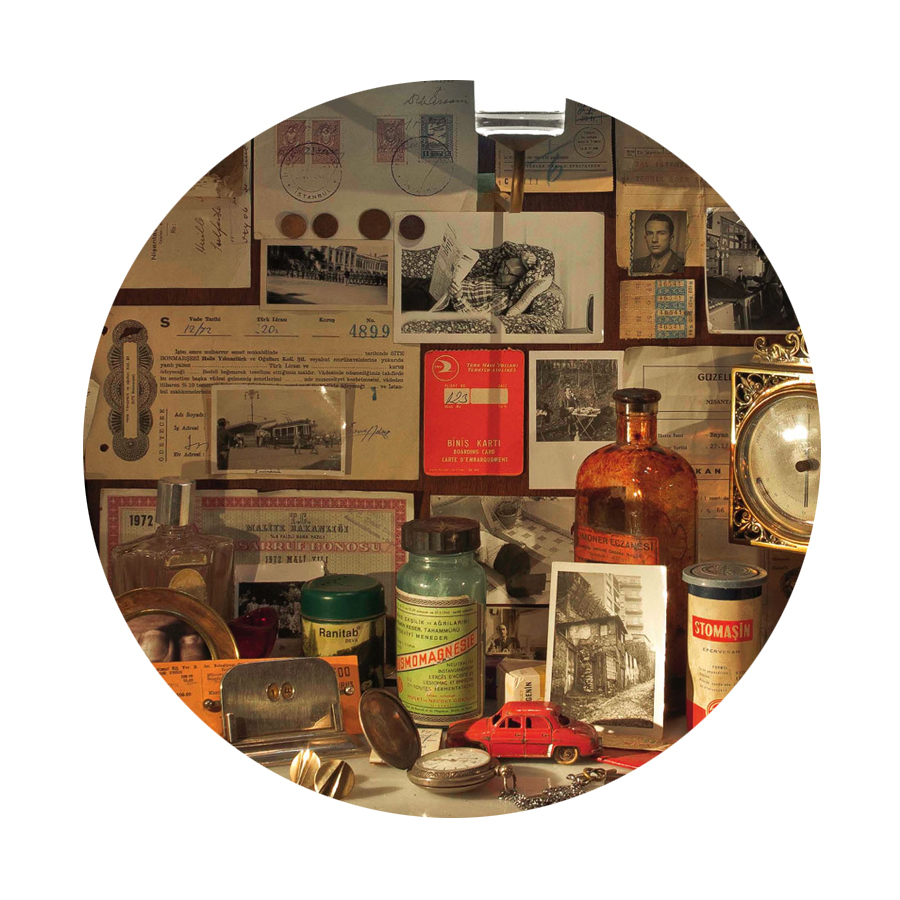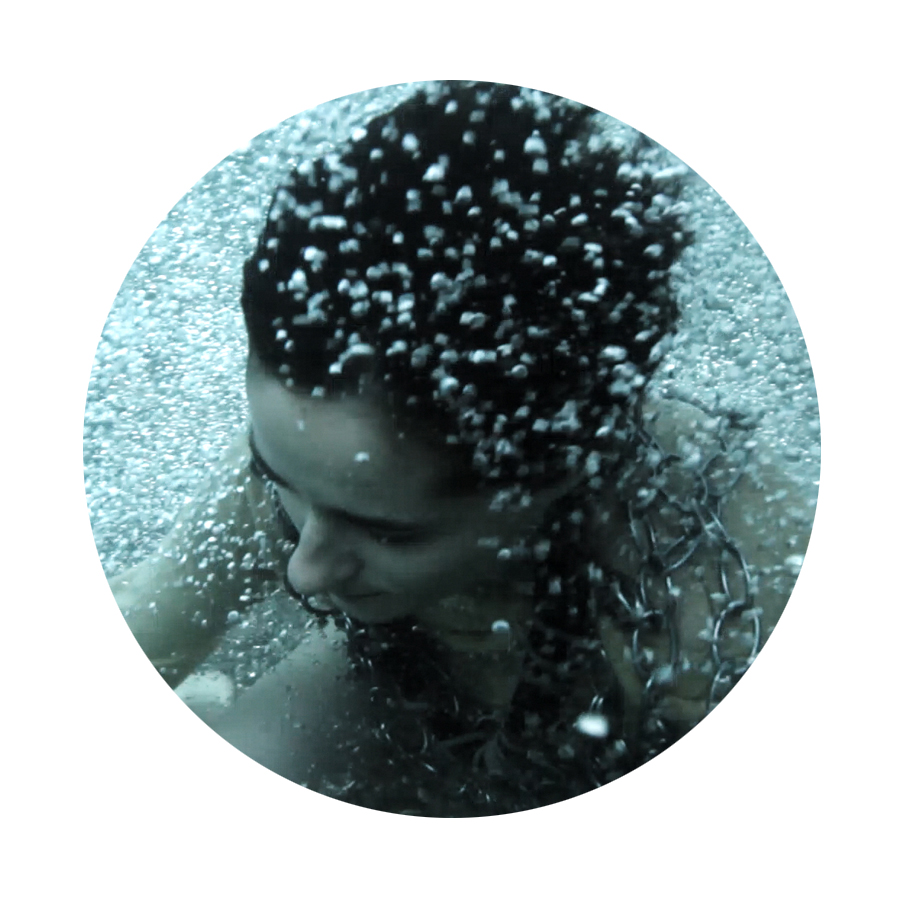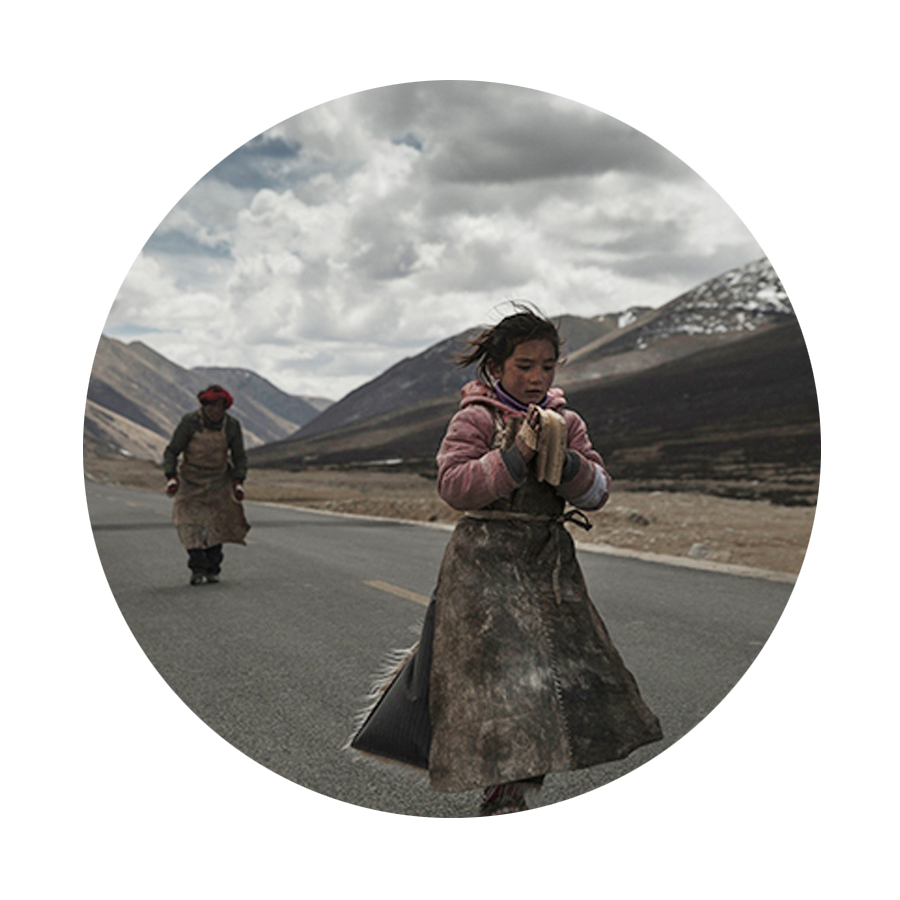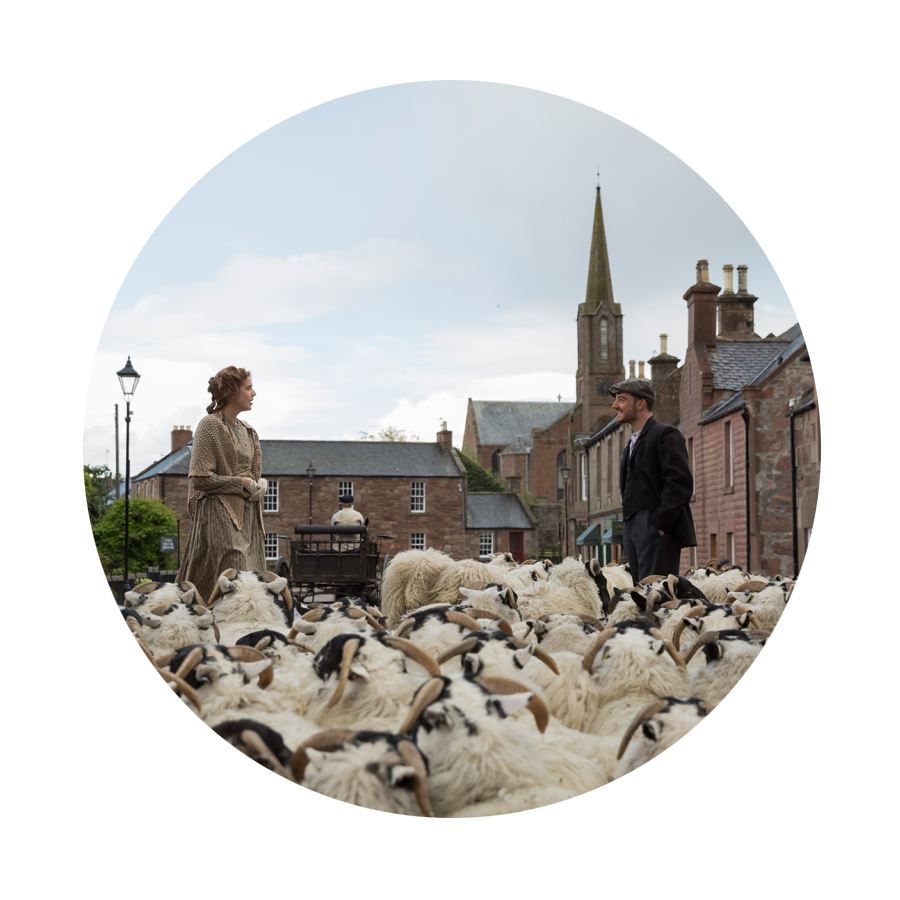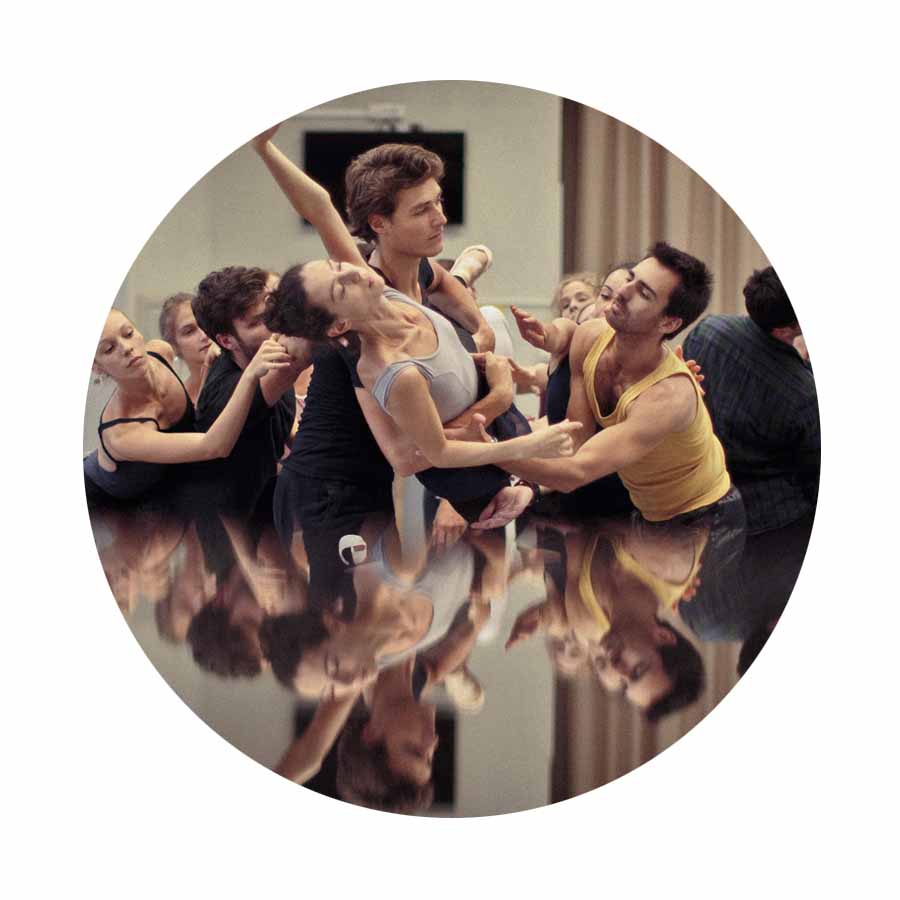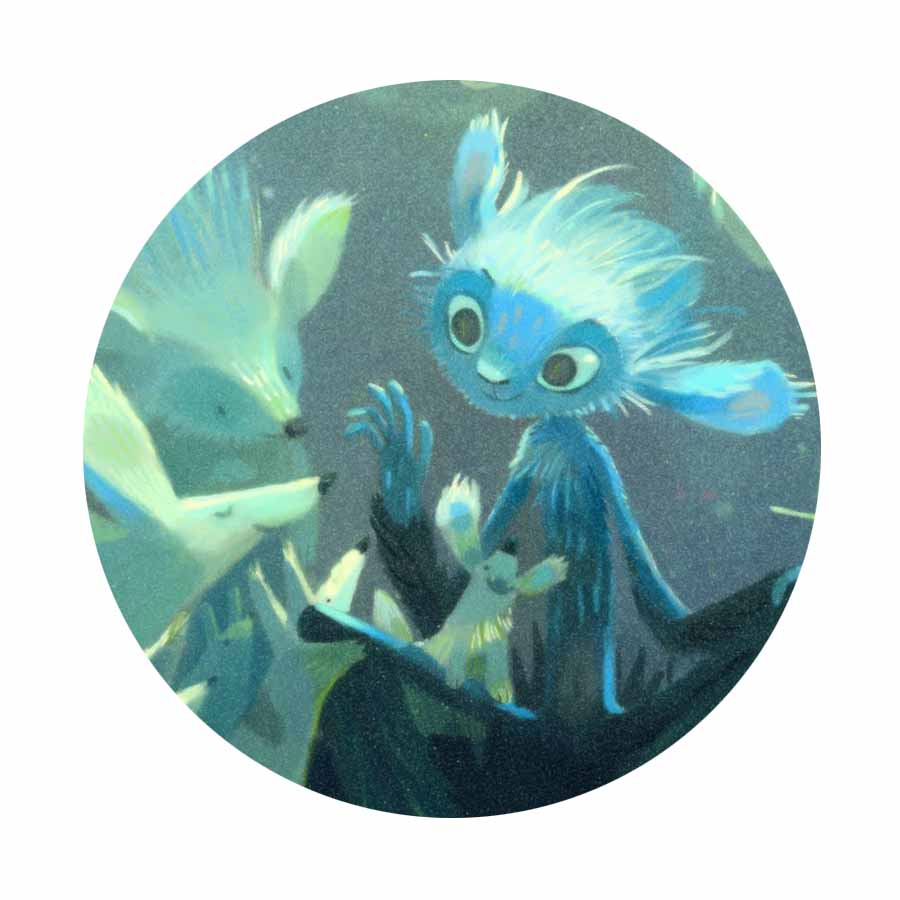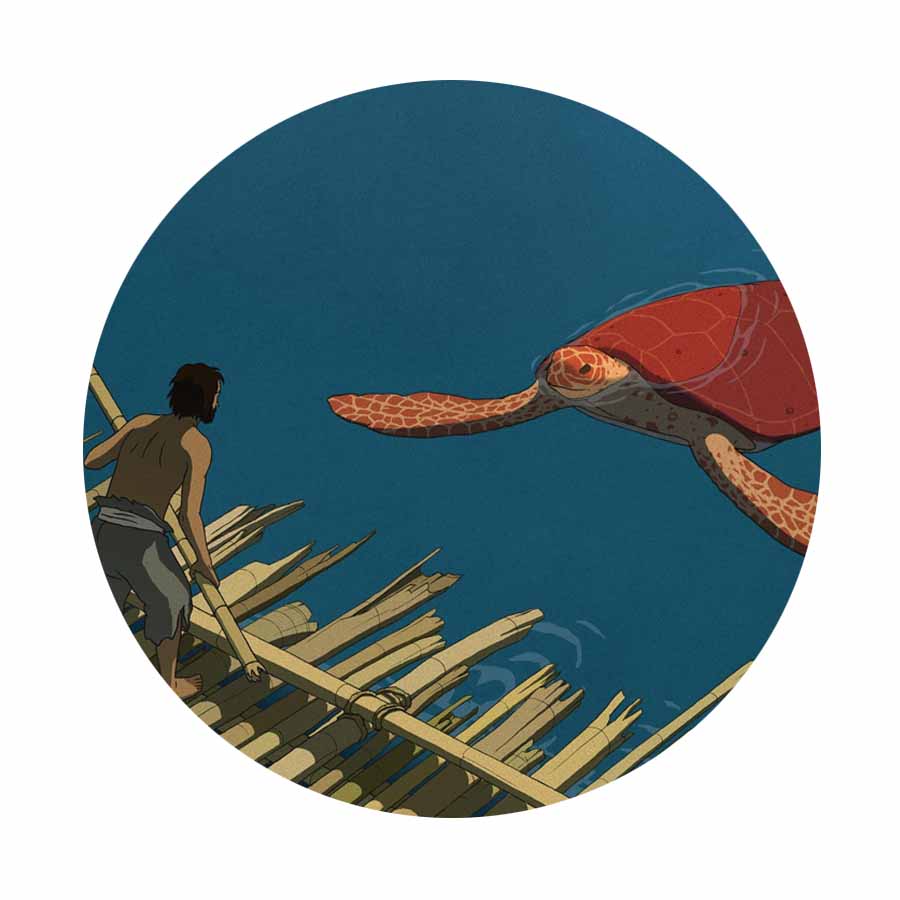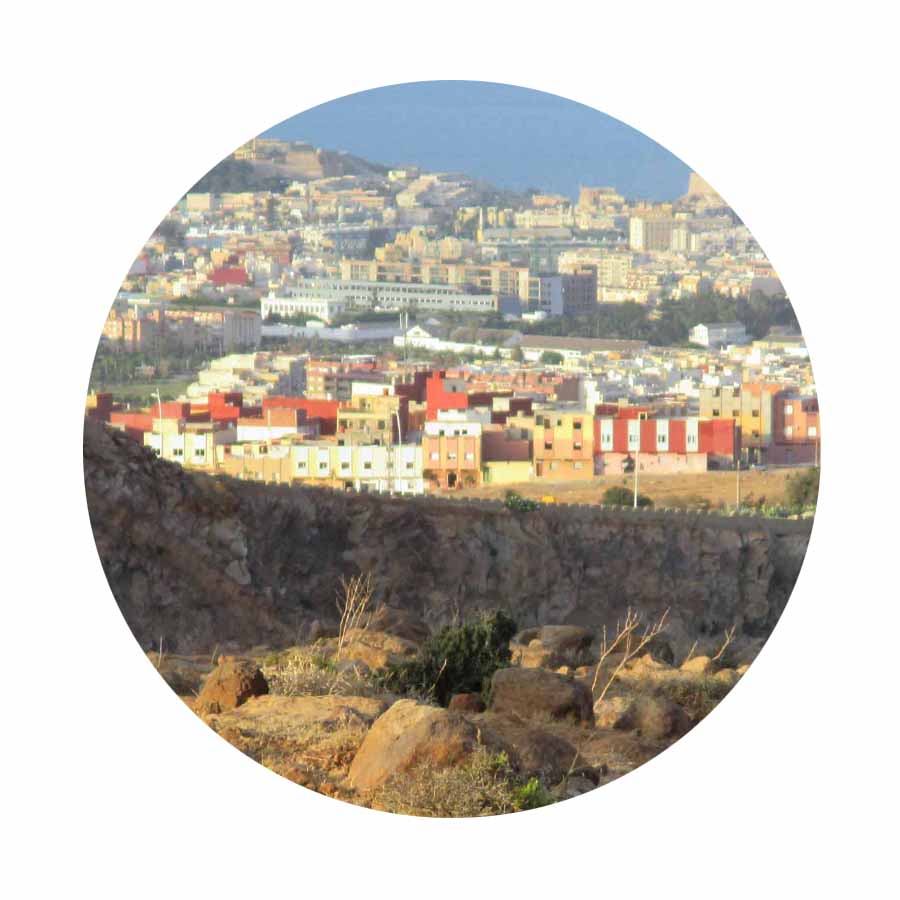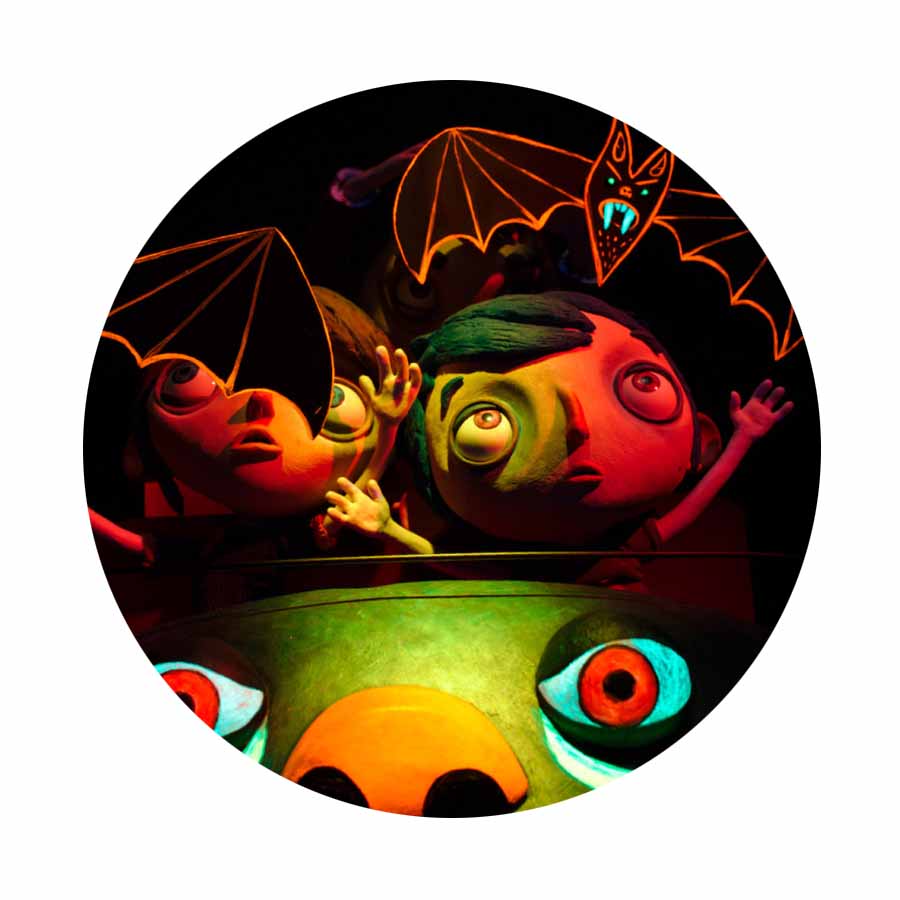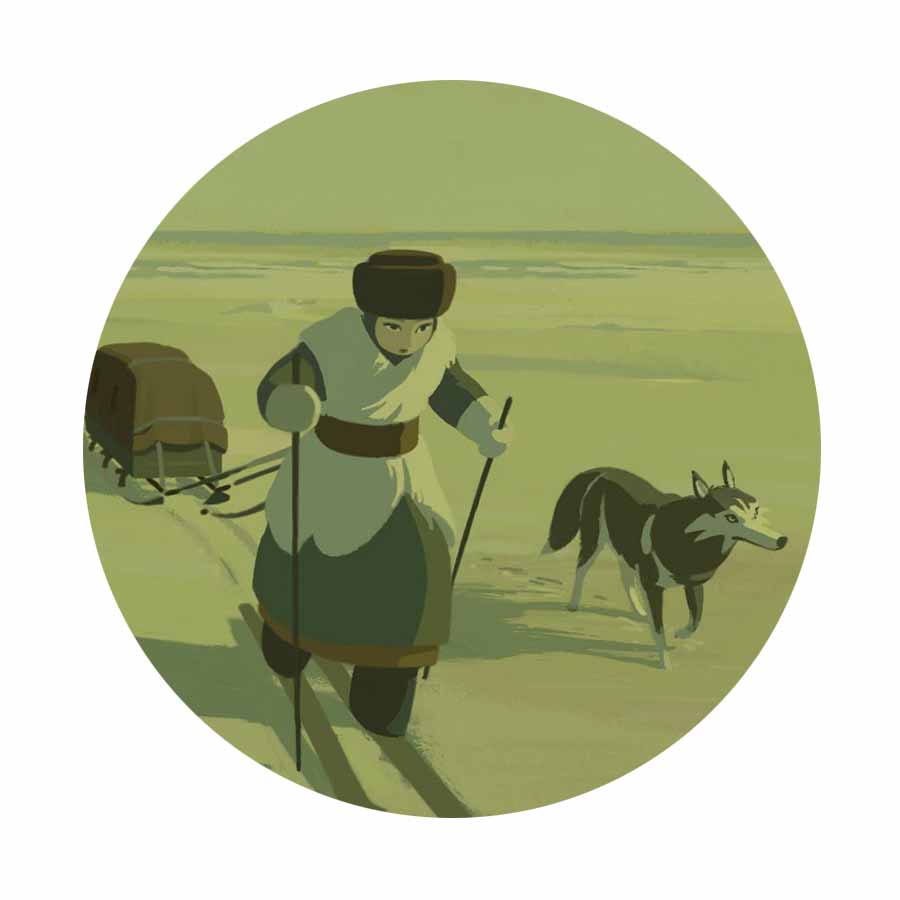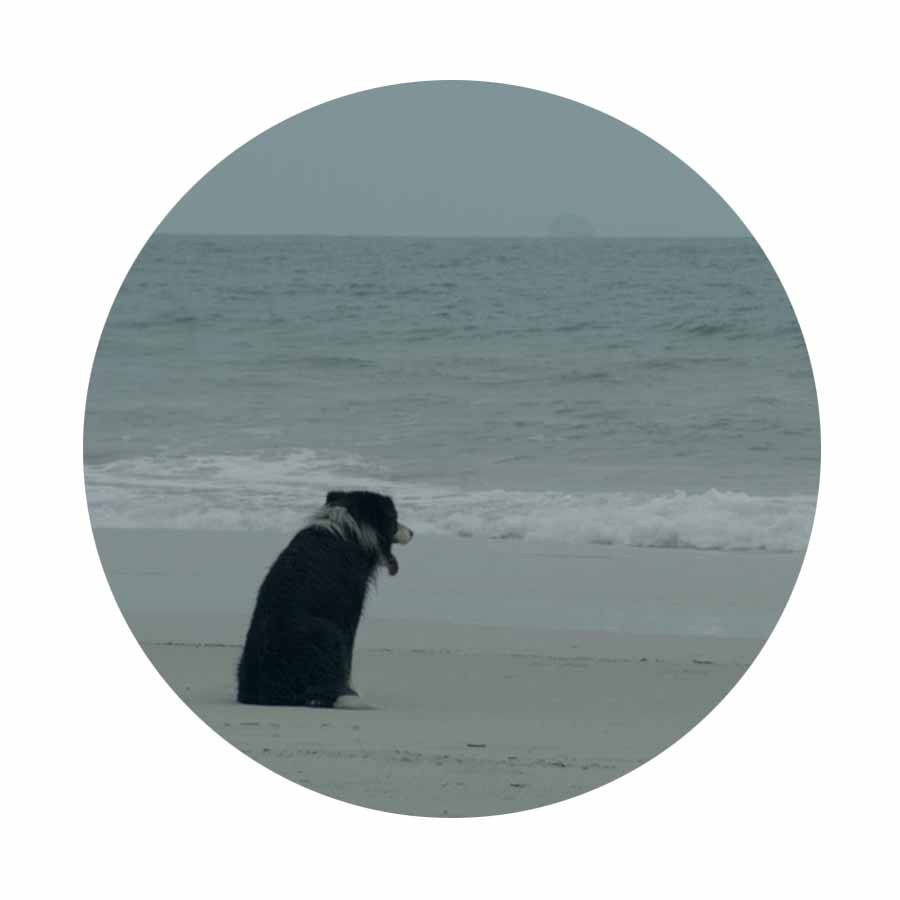Patterns

MELBOURNE INTERNATIONAL FILM FESTIVAL 2016
ACMI
COMEDY THEATRE
FORUM THEATRE
HOYTS CINEMA
PALACE KINO CINEMA
Just like Orhan Pamuk’s taxi drivers who circumvent the streets of Istanbul at night, I am orbiting a known pathway, travelling the worn lines from cinema to cinema. From ACMI’s darkened perfection to the Forum’s Florentine heavenly garden charm, chipped at the edges (why, those Greek and Roman statues they recall the moon carved from rock face in Mune), this pleasing rhythm is winter in Melbourne. It is MIFF. It is in the purposeful walk from one cinema to the next that films sink in as basics are attended to (the quick consumption of food or the dash to the loo. For as much as this is a festival to feed every creative fibre of your being, the body is an in and out machine, and needs are needs.).
Just as Pokémon Go players in the city are easy to sight with their stop-and-start motion and their fingers that stroke their screens with an upward swoosh to release poke balls to capture Pinsirs, those following MIFF’s trajectory are equally detectable. From the neck up, they appear akin to a flâneur wrapped in daydream, but they do not saunter for there is purpose. Whilst the head is thinking ‘what did I just see?,’ the legs know they are heading to a 6.30 session at the Comedy Theatre and they don’t want to be late, lest they have to park in the front row. This is the body in autopilot, enabling the head to process scenes of wonder and devastation. This intention is what steers your ship to cut off David Stratton at the lights (mortification!) as he heads down Collins Street and you hurtle across to the Forum on the Russell hustle.
And so this year’s MIFF, owing to my longing and love, is glorious. Twelve films in and akin to the familiar path I tread (Hoyts to Forum, up to Kino, back to ACMI), I am finding beautiful links in my cinematic journey. In the foreground, I have found films about the creative process in all its guises, direct and otherwise. In Alban Teurlai and Thierry Demaizière’s Reset, which conveys how choreography is built and grows within a well-oiled, traditional machine, I was charmed, absolutely, by Benjamin Millepied’s enthusiasm and drive. The 39 days in the lead up to the premiere of Clear, Loud, Bright, Forward with his selected cast of dancers responsive and in turn giving to his approach, is already a highlight for me not because it is about that which I love, but chiefly because it revealed a process I, in part, know, where sketchy ideas are re-moulded to become polished works. It needn’t matter if you are a sculptor, musician, painter, or a choreographer: orchestrating is orchestrating. With setbacks and edits, how things are shaped is similar, as you constantly strip everything back to reveal the essence/guts/heart/root of the work, to keep the focus on that which is important. In doing so, you can play with perceived limitations of time and space, and make a crescent moon appear the same size when at arms’ length as it is when viewed in the night sky (Mune). Mapping a true course was shown in the kowtowing to Lhasa in Zhang Yang’s Paths of the Soul. It was in the quiet introspection and resolve of their pilgrimage. It was in the hand-drawn, digital, and clay-mation animated films I have seen in spades; where to make a wilderness you need to craft each leaf one by one. Every wave ripple, every star, drawn and drawn again. The meditative mechanics of it all! Shadows are matched to move in accord with their assigned bodies (The Red Turtle).
In most of the films I have seen, the longing to create similar was sparked. To reread and dream perhaps of one day visiting the Museum of Innocence. To read Lewis Grassic Gibbon’s Sunset Song and fall for a place as much as Hardy’s Wessex. To feel the difference between gloaming and sunset. (And Rob said You can tell me, man, what’s the English for sotter, or greip, or smore, or pleiter, gloaming or glunching or well-kenspeckled? And if you said gloaming was sunset you’d fair be a liar; and you’re hardly that, Mr. Gordon.) Yes, as much as these works have been about process, pulling at the threads, they have also been about place. Michaël Dudok de Wit’s The Red Turtle typified this, with mankind and nature shown as being wholly interconnected, each one affecting the other. Of all the films I have seen so far, echoing Gibbon and Terence Davies, the land always wins, the land endures. It maroons explorers at sea, and is far greater than they’ll ever be. Impossible to conquer, your marker in the snow claiming territory is blown away (Long Way North). It provides a shelter you don’t need to construct (The Red Turtle), and it is, though barred by man-made fences, freedom and promise (Those Who Jump).
Drawing patterns with my steps and in my thoughts, three days in, and we’re on track. More, please. Yes.
(Allow me to take you along in my pocket to #56filmsin17days by following @gracialouise on instagram.)
How my collection grows!
“A novel, for me, is an excuse to pin down, collect, and put together all the little things about daily life that I like writing about. A novel is an excuse to, just like a museum, preserve the details, colors, tastes, social relationships, rituals, advertisements, smells, the chaotic richness and the sentiments that that richness lends us in the city.”
Image credit: Still from Alban Teurlai and Thierry Demaizière’s film, Reset (2015)
